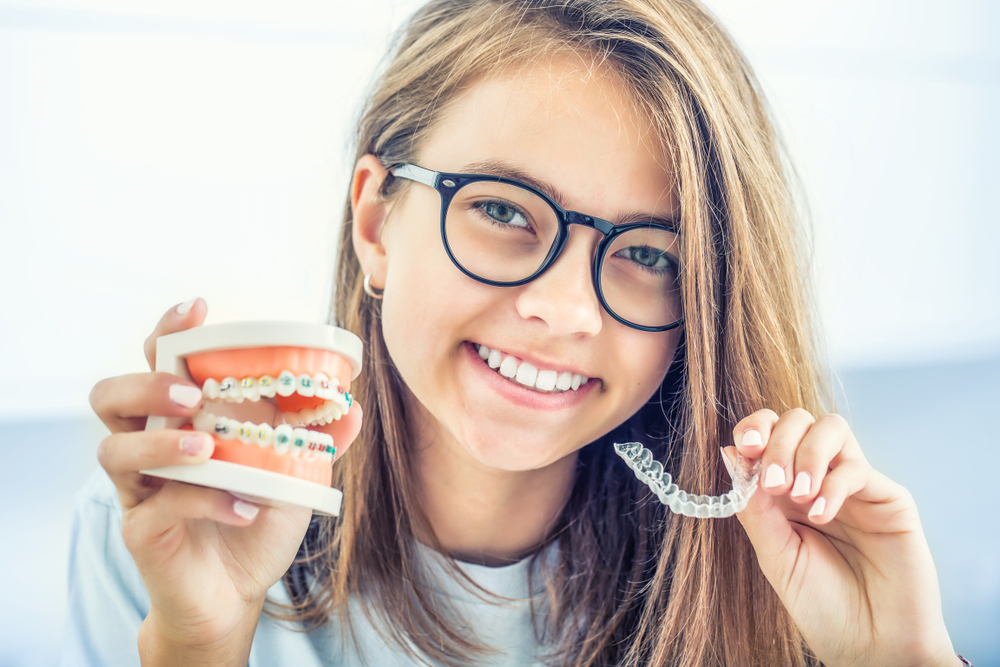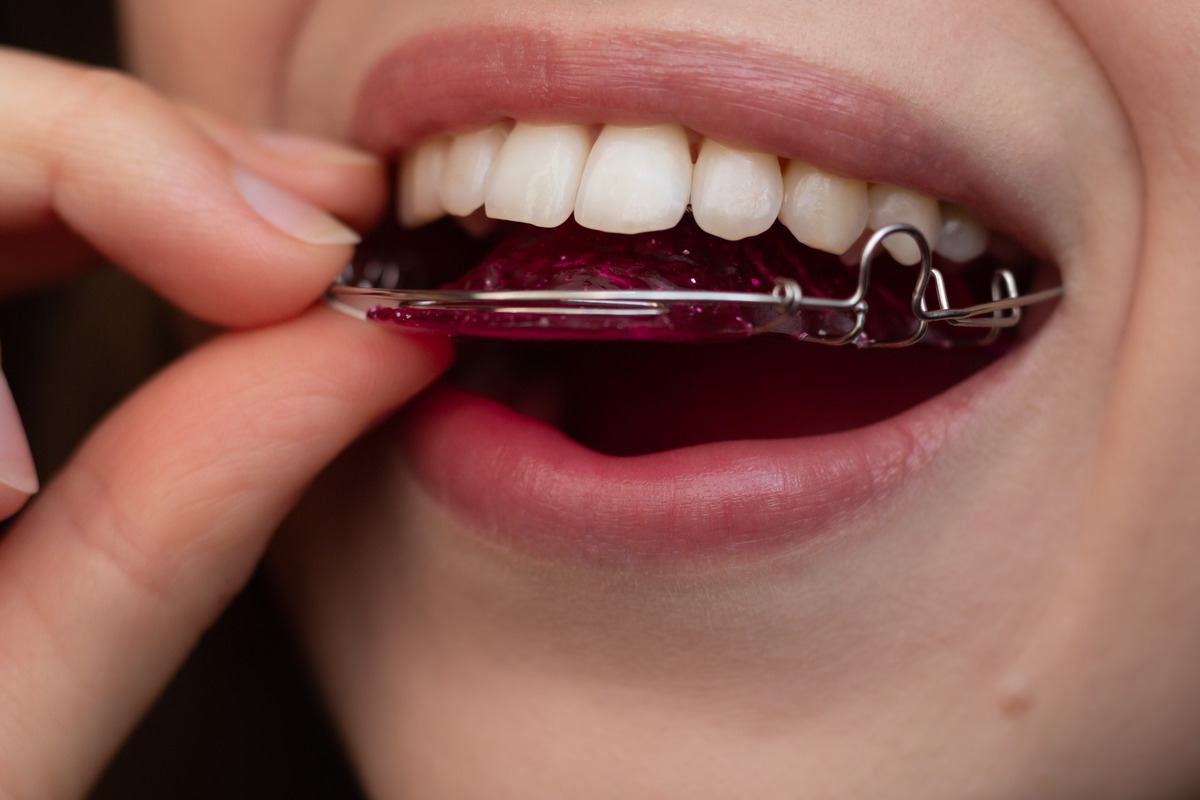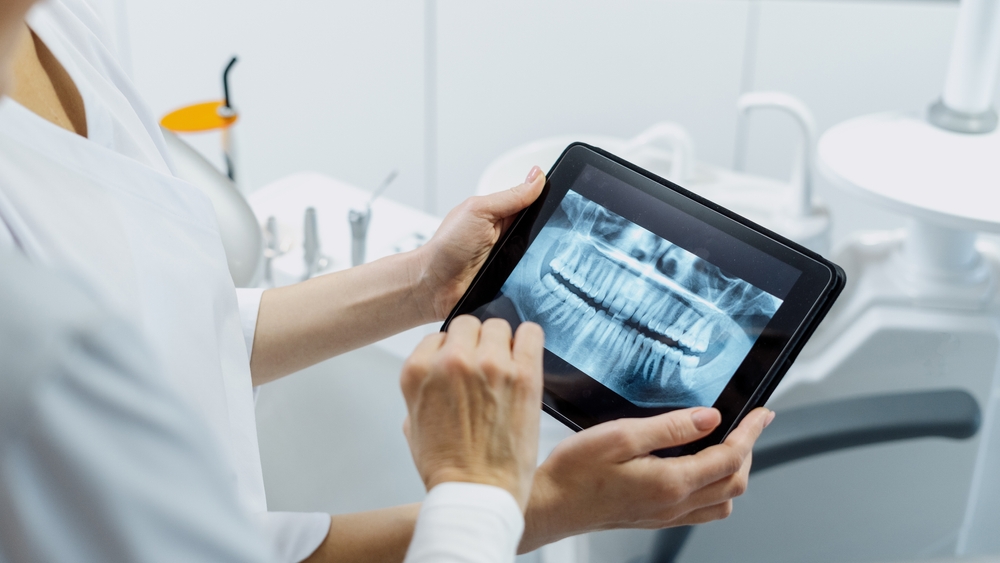It’s never too late to benefit from orthodontic work, but the teenage years can be the ideal time to start orthodontic treatment. Adolescents have had enough time to build up good dental hygiene habits and are likely to experience faster results from their braces than older orthodontic patients will.
We’ll examine why this period of time provides such a great opportunity for your teen to improve their smile, what their treatment options are, and help you understand how you can begin to move forward with their treatment if it’s something you both want.
Why Adolescence is a Great Time for Braces
There are a few key reasons why the teenage years are an excellent time for orthodontic treatment. The first is that by this age, your child will hopefully have developed the good habits and self-discipline required to make the treatment work effectively. This means regular and effective brushing and flossing but also includes the self-discipline necessary to make certain orthodontic options like removable aligners work for them.
The second reason is that treatment works more quickly and, in some cases, can achieve greater results than it would if they were older. This is because the teeth, gums, and bones are able to move and adapt more easily while they are still young.
Earlier orthodontic treatment can also help to avoid further issues developing over the years. This can be a result of the teeth and mouth being easier to clean after treatment but also because orthodontic issues such as malocclusions can lead to or exacerbate other dental issues.
The Options
Just like adults, adolescents have several different types of braces available. Each of these types comes with its own advantages and disadvantages, meaning that some will be more suited to your teen’s needs than others. Discussing your options with an orthodontist will help you to understand them further, but the following is an overview of the most common types of braces and similar orthodontic apparatus.
Metal Braces
These are what most people will first imagine when they think of braces. They are generally the most affordable option and are strong enough to handle even difficult or complex orthodontic issues, but are also the most noticeable.
Ceramic Braces
Similar in design to standard metal braces, they use ceramic brackets that are colored to match the teeth rather than metal ones, reducing the visual impact that the braces have. They aren’t invisible by any means, but they do stand out a lot less.
Lingual Braces
These braces are fixed onto the back surface of the teeth, meaning that other people won’t be able to notice them. They do have some downsides, however, being more expensive as well as often working less efficiently for some cases and affecting speech in the short term.
Clear Plastic Aligners
Clear plastic aligners such as Invisalign have become a very popular alternative to braces amongst both adolescents and adults. Their clear plastic makes them incredibly discreet and they can be removed when needed such as when eating or brushing teeth.
Moving Forward With Treatment
With an experienced orthodontist supporting you, the process of getting and wearing braces is surprisingly simple. Your first step is to book an initial consultation, in which they’ll assess your teen’s orthodontic needs and provide advice about their treatment options. If you want to proceed with the treatment, braces will often be fitted during a future appointment.
Once their braces are in, your teen will need to ensure that they follow the orthodontist’s advice and make sure that they continue to practice good oral hygiene, keeping the braces and the rest of their mouth clean. They’ll also need to attend appointments throughout their treatment in order to adjust their braces and monitor their progress. The orthodontist will be able to provide full details of exactly what will be required once the course of treatment has been decided.
Taking The First Step
The skilled and professional team at Hulse Orthodontics, your trusted Carlsbad orthodontists, are here to support you and your teen on the journey to the perfect smile. Contact us to arrange an appointment and find out just what we can do for you.
Dr. Cameron Hulse grew up in Southern Orange County, California. While in his own orthodontic treatment in high school, Dr. Hulse realized how much his new smile changed him and decided he wanted to improve other’s teeth and smiles. Dr. Hulse pursued his dream and completed a BS in Zoology at Brigham Young University. Then he was selected to attend the University of Southern California’s prestigious School of Dentistry where he received his D.D.S.. After Dental School, he switched coasts and completed his orthodontic residency at Jacksonville University where he received his CAGS.











